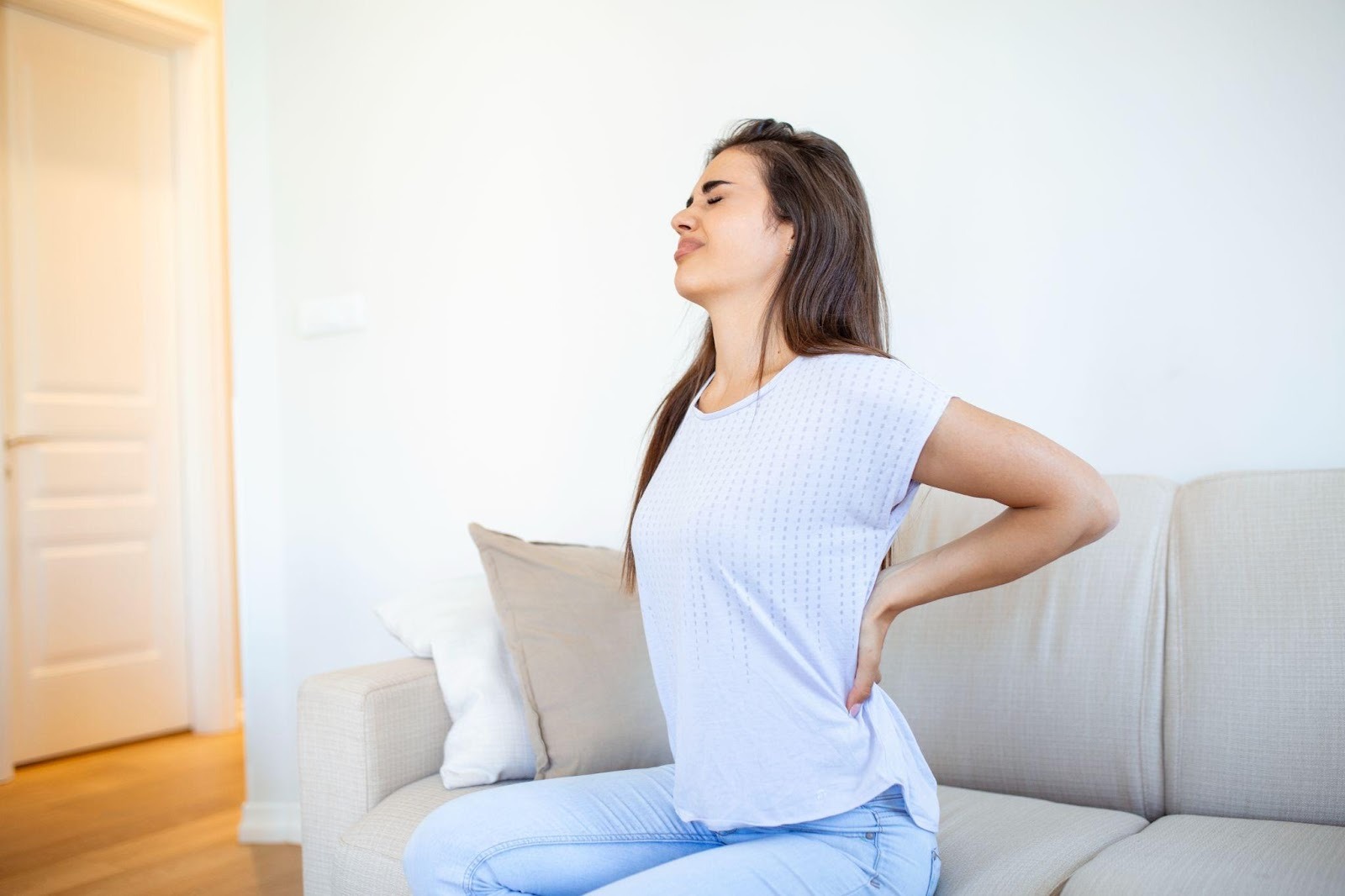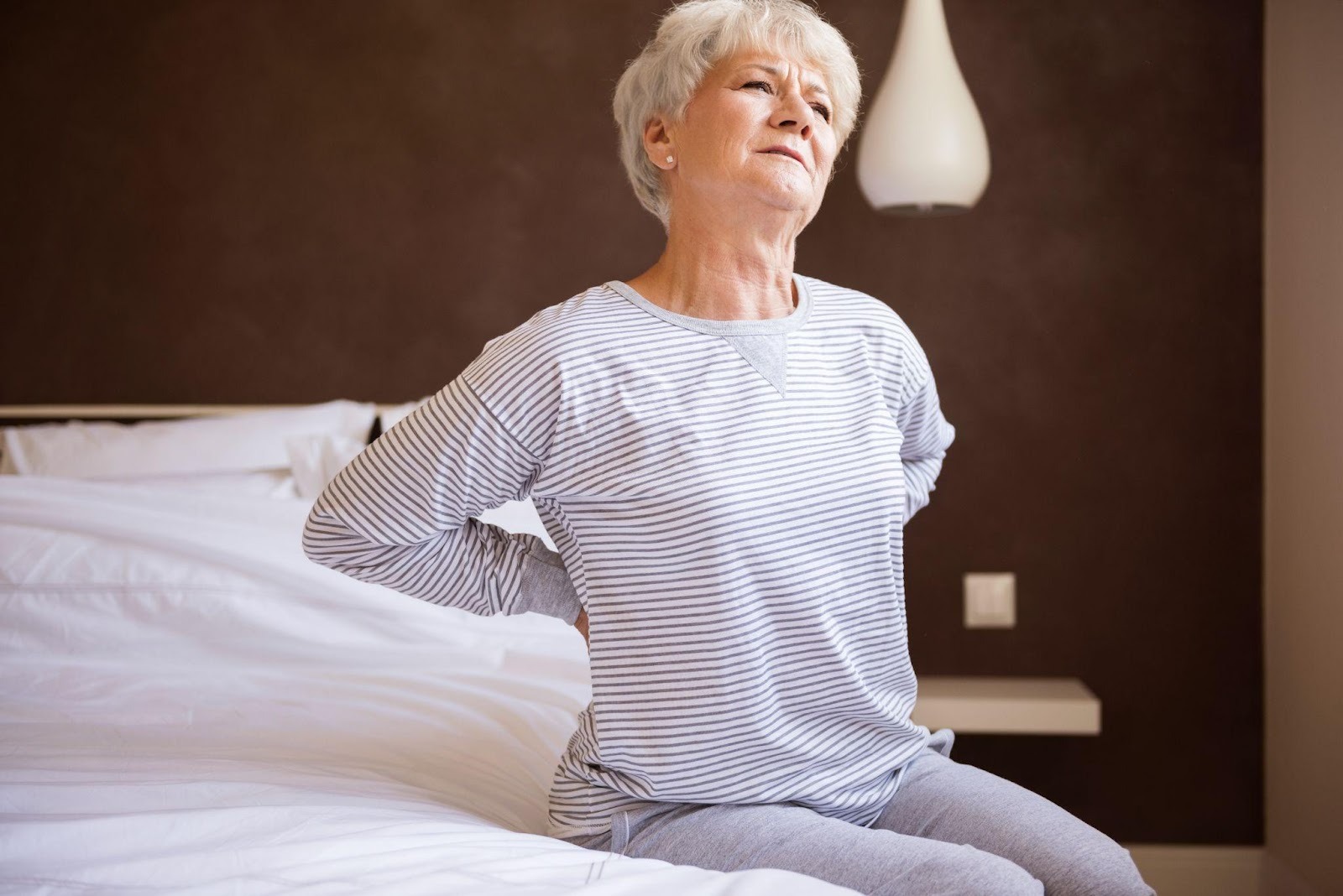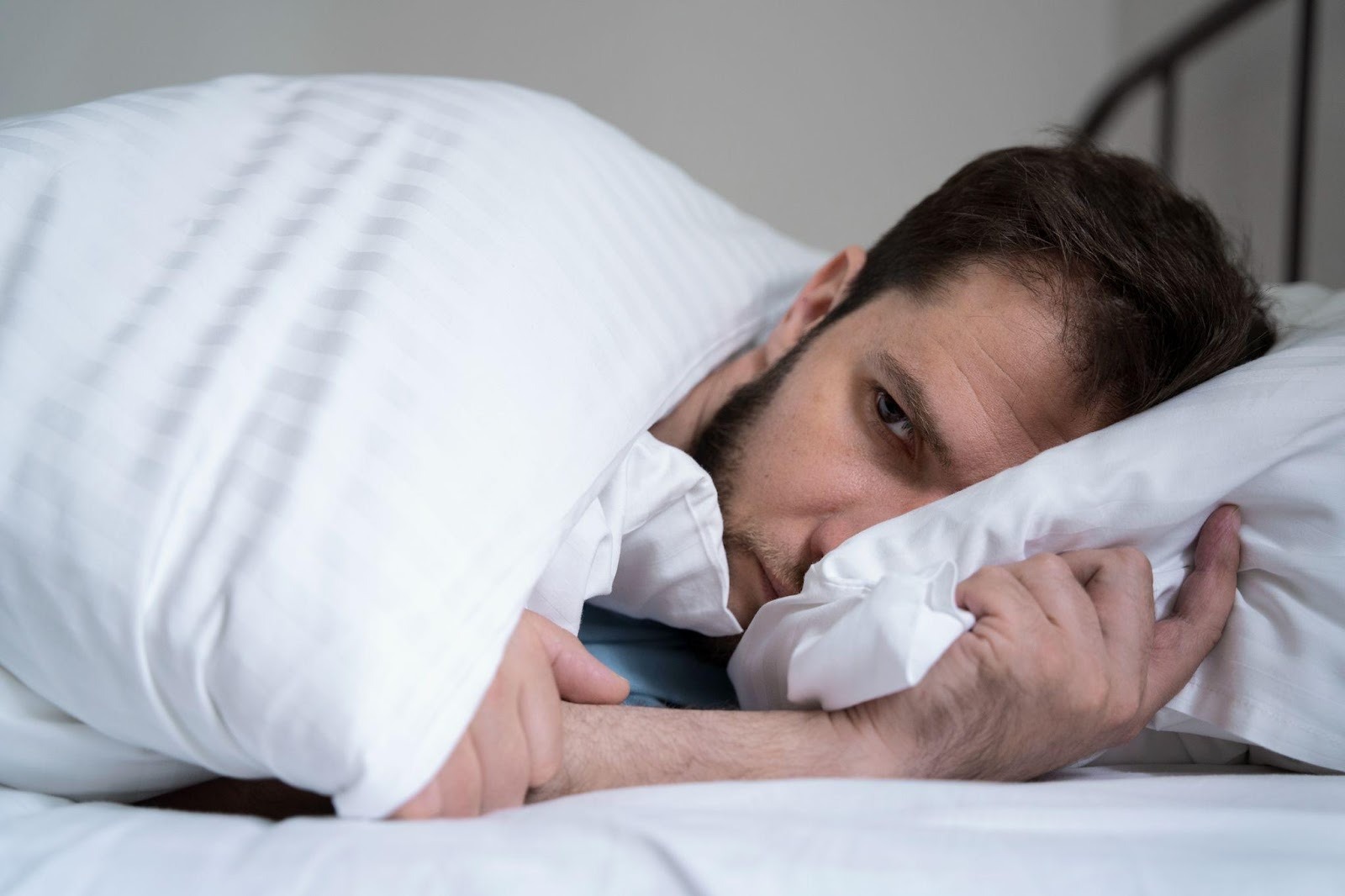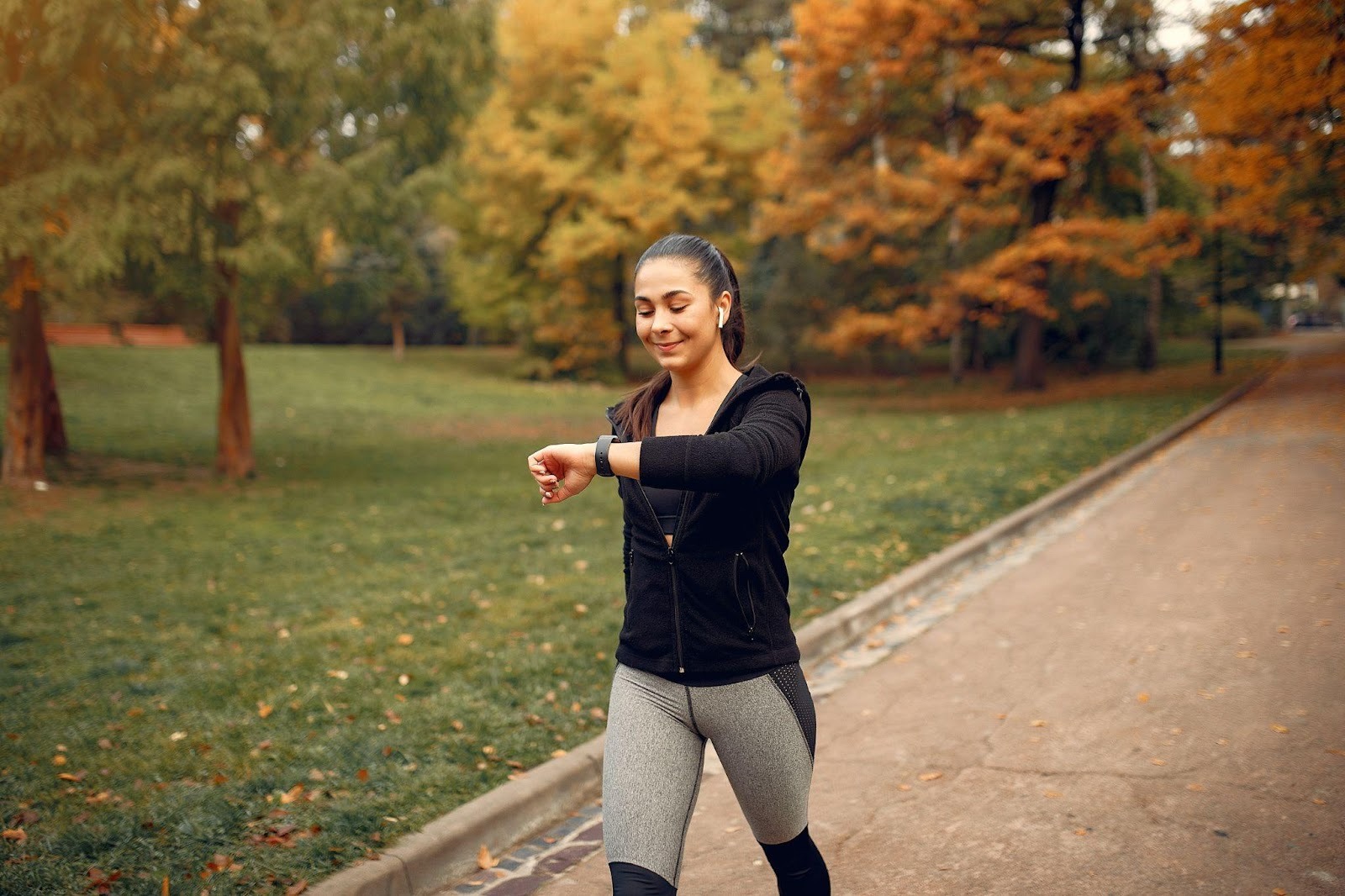
Is everything you’ve ever read about low back pain actually true? Chances are, some of what you believe may be more myth than fact. You’ve probably heard phrases like “rest is the best cure” or been told you have a “herniated disc.” Yet, taking these statements at face value can sometimes lead to more confusion and distress.
The National Library of Medicine reports that 84% of Canadians will experience some form of back pain at least once in their lifetime. Think about how many years you’ve lived with lower left back pain, and how often it has disrupted your daily routine or limited your comfort.
At our interdisciplinary clinic in Orillia, ON, our team of experts takes a comprehensive approach to diagnosing and treating lower back pain. With a deep understanding of the underlying causes and symptoms, we help patients find relief and return to a more comfortable, pain-free life.
Take a look at the most common myths about low back pain, separated by facts, and explore how you can take control of your recovery.

Although age-related changes in the spine, such as reduced strength of bones, stiffer joints, and degeneration of intervertebral discs, are neutral over time, these factors do not always correlate with low back pain.
In reality, younger individuals are also exposed to low back pain through a variety of means, including postural changes, inactivity or overuse, athletic injuries, and even stress just to name a few. Many common triggers of back pain are not age-specific and can affect both younger and older adults alike.
The severity of a back injury is not always reflected in the level of pain experienced by the individual, making the diagnosis more complex. Some spine-related conditions may even lead to greater complications if left untreated.
One of the key elements is to identify these problems in early stages through a detailed assessment with a trained healthcare practitioner. Taking steps to support your core, staying active, and practicing good posture can help reduce discomfort.
Younger individuals are also experiencing back pain issues. Common causes include poor posture during studying, spending hours in front of the screen, heavy backpacks, and sports injuries.
In adults, most triggers are typically prolonged periods at the desk, repetitive strain due to work, and gradual wear and tear over the years. Sitting too much and moving too little are putting your back at risk.
A study published in the Journal of Spine discovered that by age 20, nearly 50% of people will already have experienced some form of back pain.
Action step: Don't wait until later in life to start caring for your back you; instead take proactive steps now to protect and strengthen it.
Simple daily routines such as basic mobility, exercise, resistance training, and core stabilization can be a great start towards getting your back pain-free.
There was a time when bed rest was the go-to recommendation for people with low back pain. However, research has long disproven this idea. We now know that excessive rest can actually slow recovery or even worsen low back pain.
Resting does heal your body but prolonged bed rest is usually more detrimental than beneficial. Remaining physically inactive may even extend or aggravate the pain.
When you stop moving, your muscles and fitness deteriorate, and your physique gets weaker. This makes it harder to recover.
Low back pain exercises, such as walking, stretching, or low-intensity work, can relieve pain, increase flexibility, and promote recovery. Trying yoga for low back pain can also alleviate the pain.
Targeted exercise for lower right back pain also helps convince your body and brain that it is safe to move, which in turn aids in long-term pain relief.
Not quite. While lifting heavy objects incorrectly can cause back strain, it’s far from the only reason people experience back pain. Lifestyle habits, poor posture, obesity, and even genetics can all play a role in contributing to discomfort.
Back pain is linked to a combination of factors and not only by lifting heavy objects.
Targeted core stabilization exercises for lower back pain, such as planks and bridges, have been shown to improve lumbar muscle endurance and reduce the risk of lower back pain
You can consider these key tips for safe lifting:
The guidelines of the National Safety Council can help you reinforce these habits.
Along with good lifting methods, training of the core and lower back muscles can improve the natural support system of the spine. These conditions help improve your body’s ability to deal with physical stress and avoid lower back pain.

A firm mattress may appear supportive, but it can actually worsen low back pain and make you feel like you are lying on a plank.
Sleeping on an overly rigid surface prevents the spine’s natural curve from forming properly, forcing it into a flat position.
This causes pressure points in the hips, shoulders, and lower back, resulting in stiffness and pain. Over time, this sleeping posture can strain your muscles and leave your spine misaligned.
A more suitable option would be to select a medium-firm mattress, which is both supportive and cushioning.
Mattress firmness may affect pain relief, but results vary depending on personal comfort and body type. The ideal choice is usually one that maintains proper spine alignment without creating pressure points.
Many people assume that aging naturally comes with back pain. However, this is one of the most persistent myths. While age-related changes in the spine are common, research shows that back pain does not necessarily increase with age.
One of the most misguided myths is the notion that back pain is unavoidable as you age.
Although conditions such as disc degeneration and arthritis are more frequent with age, their presence doesn’t automatically mean you’ll experience chronic pain.
Pain in old age can be significantly minimized by remaining active, staying firm, and maintaining a healthy lifestyle.
While aging can affect the spine, back pain isn’t a guaranteed part of growing older. It is more about maintaining core strength, flexibility, and healthy posture to reduce the likelihood of pain greatly.
Regular movement, balanced nutrition, and staying active all help protect spinal health as the body ages.
Carrying a thick wallet in your back pocket can cause discomfort, but it’s more likely to lead to leg or hip pain, or even numbness, than direct back pain. This occurs because sitting on a bulky wallet for long periods can compress the sciatic nerve.
Experts and research indicate that a bulky wallet can disrupt proper posture by tilting the pelvis, which in turn may compress the sciatic nerve. It is a critical pathway that extends from the lower back through the hips and down the legs.
After sitting for extended periods, you may feel pins and needles, numbness, or find it difficult to stand and walk comfortably.
This compression can result in conditions such as piriformis syndrome or sciatica, presenting symptoms like leg pain, numbness, and a tingling sensation.
This phenomenon is often known as "wallet neuropathy.”
The best practice? Remove your wallet before sitting or driving for long periods to reduce pressure and improve spinal alignment.
A common belief is that back pain is caused solely by daily habits or injuries, but that’s not the full picture.
Genetics can strongly influence your chances of developing back problems. Conditions like disc dehydration, loss of disc height, or bone growths (osteophytes) in the spine can be inherited.
In fact, studies suggest that up to 80% of people with lumbar degenerative disc disease may have a genetic link. While lifestyle factors matter, your genes can also play a big part in how healthy your spine stays over time.

Now that we've busted the myths, here are some actionable tips you can use to improve your comfort while doing exercises for low back pain.
Understanding the truth about back pain is essential. Believing common myths can delay proper care, leading to prolonged discomfort or even chronic issues.
While mild back pain often improves with good posture, gentle movement, and healthy habits, more serious cases shouldn’t be ignored.
Receiving help from a specialist at our clinic early on can significantly improve your comfort and quality of life. You don’t have to live with constant pain; expert care can help you move freely and feel like yourself again.
Low back pain is a common challenge, but with mindful preventive care and a commitment to healthy habits, it is often manageable. It is advisable to listen to your body.
You don't need to remain on the sidelines while life unfolds around you. It is entirely feasible to navigate and even thrive beyond low back pain. Reach out to us for the support you deserve.
As specialists in pain management, we are dedicated to developing personalized plans that target the root cause of your discomfort, rather than covering up the symptoms with medication.
Our priority is to adopt the most up-to-date methods possible, helping you heal in a natural and safe manner. Schedule your appointment with one of our experts at the low back pain clinic today to get a much-needed assessment for your lower back pain.
Fill out the contact form below for general inquiries, or give us a call at 705-326-9977 — we’re happy to help.